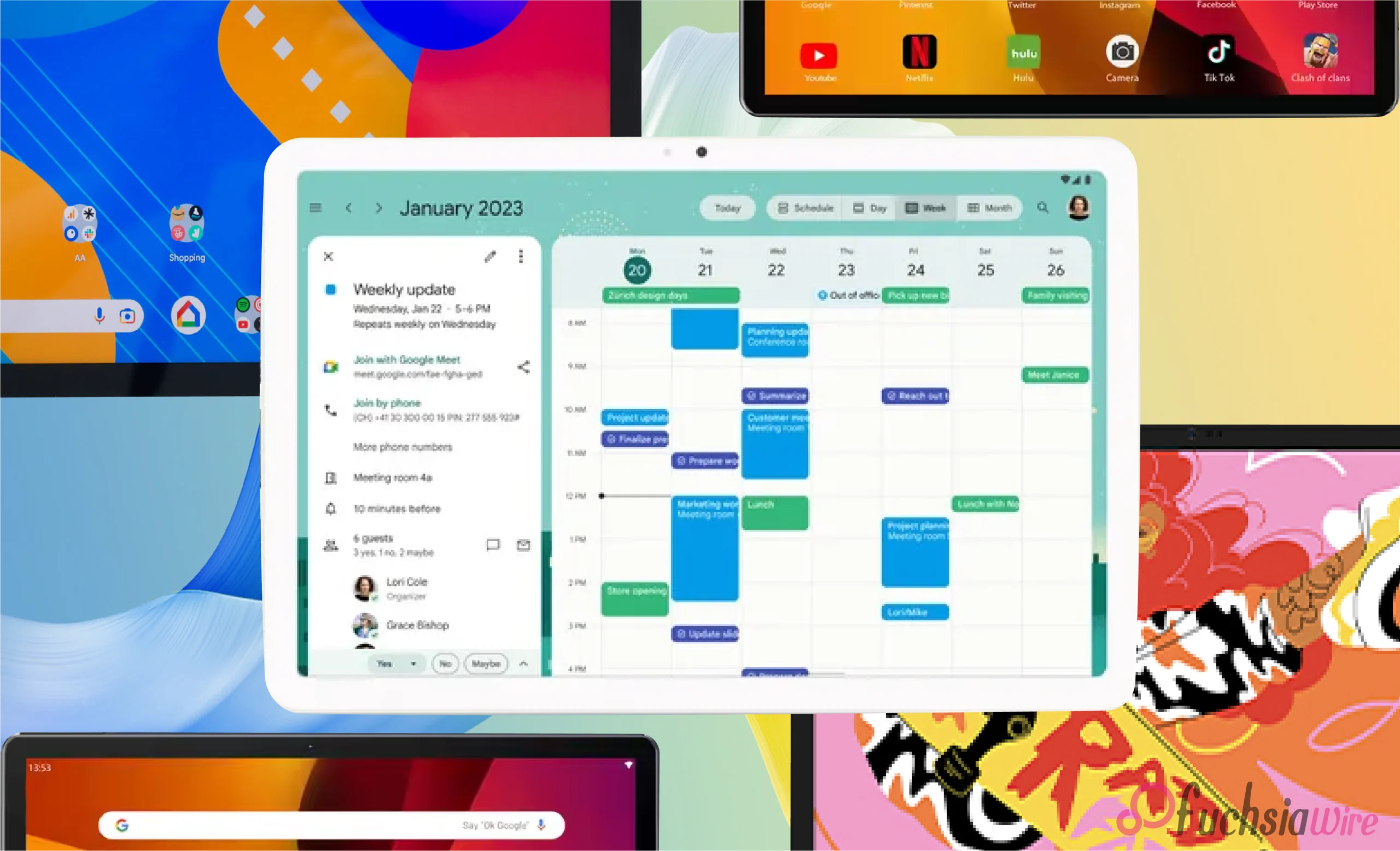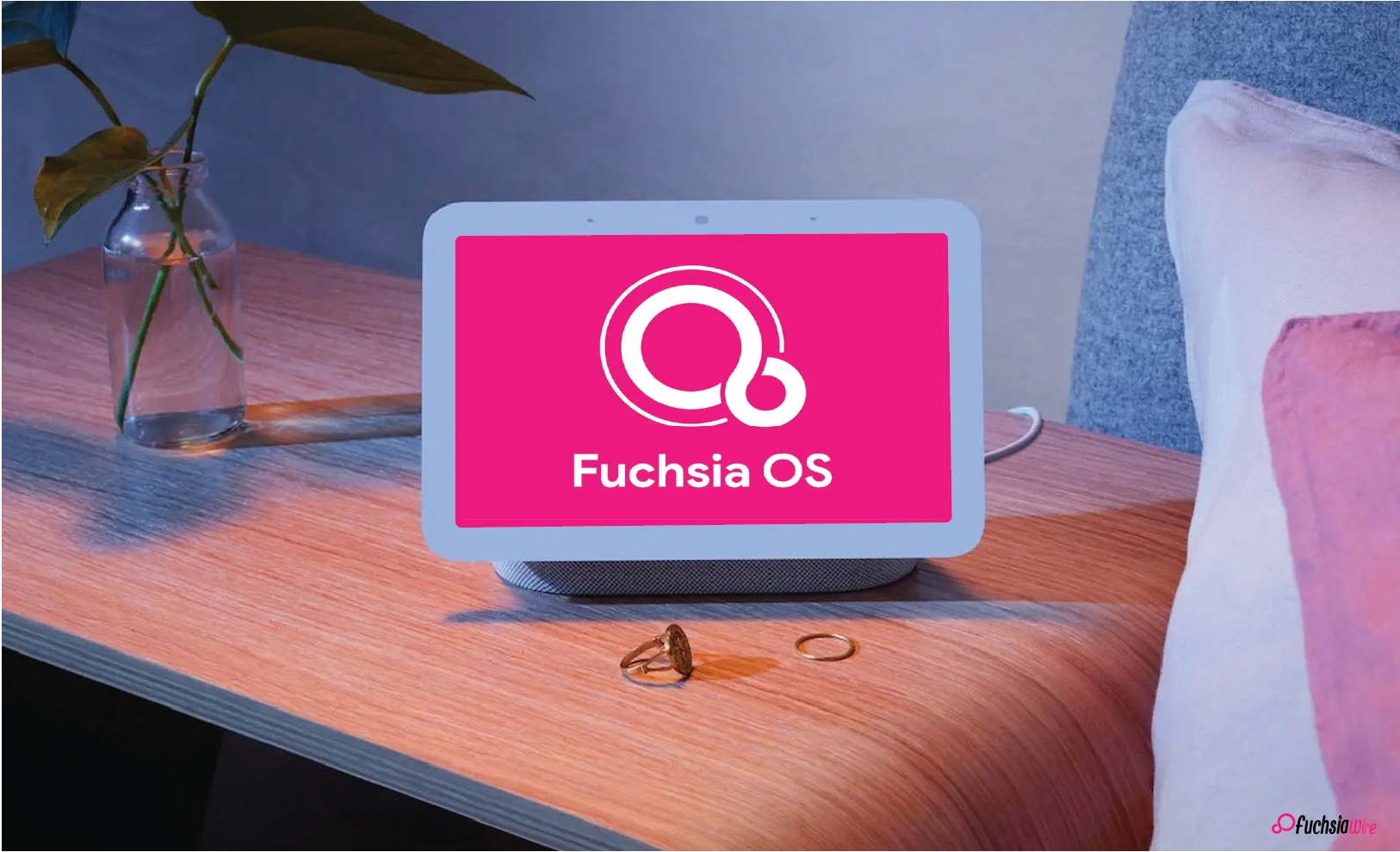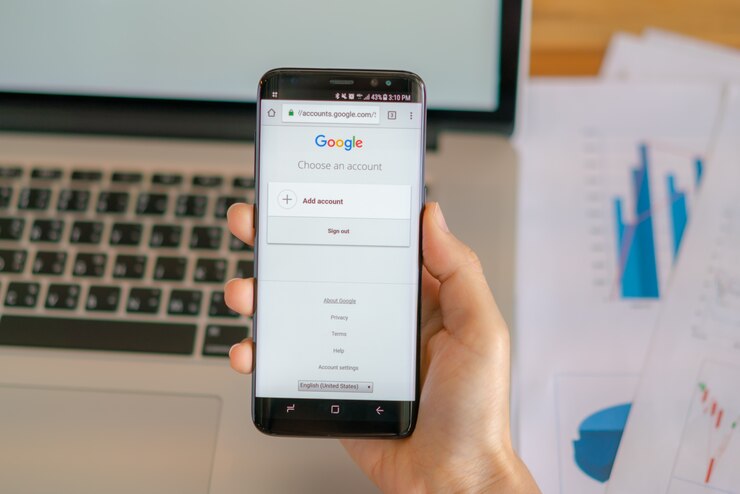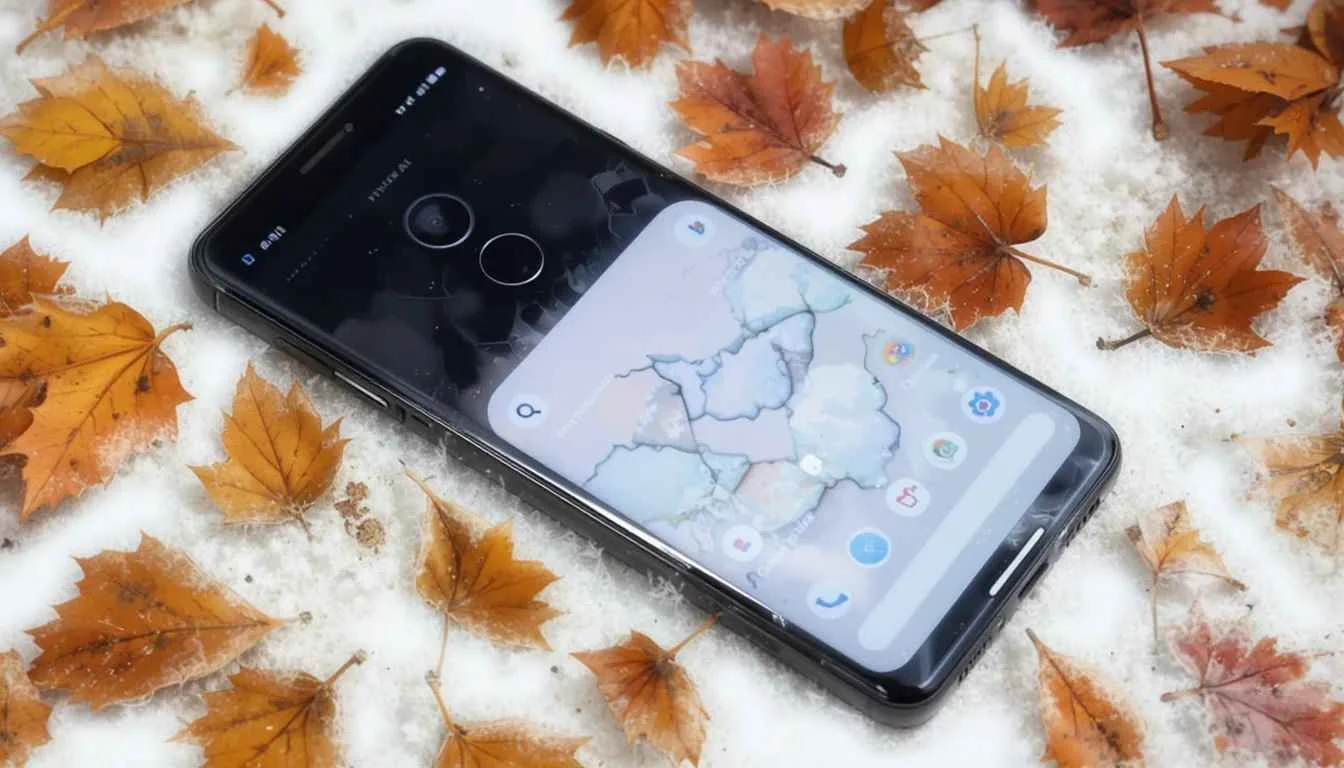Many users envision an optimal auxiliary device between a smartphone and a laptop. This is where Android tablets come in. The devices were developed primarily to have a larger screen for better media consumption, productivity, and creativity. In this write-up, we will discuss some Android Tablet Issues in detail.
Despite this, the Android tablet experience is often much less enjoyable, making users desire more. This article focuses on the challenges Android tablets face. We will also discuss the strategies that can be used to address users’ demands better.
Android Tablet PCs: Their Present State
There is a lot of potential in the participating notebooks or netbooks with the Android operating system. However, it is now hit or miss, with the former having great hardware but bad software.
Performance:
This generation of Android slates packs quite a serious punch in the hardware department. Many tablets pack powerful CPUs, copious amounts of RAM, sharp screen resolutions, and long battery life. Some true monsters are at the top of the Android tablet performance chart.
They could easily outperform some laptops in computational performance. This also shows that good basic hardware allows Android tablets to deliver a high-quality experience to end users.
Software Limitations:
Despite the capable hardware, Android tablets often fall short due to software limitations:
Lack of Proper Desktop Mode: Some Android competitors have refined the experience. They do so by promoting a desktop mode with custom Windows. It allows you to resize them, a taskbar, and better multitasking, which we do not see in Android.
App Optimization: However, many apps have been adapted to tablets from their phone versions. Many of them’ layouts and usability are marked by white spaces and otherwise inefficient screen real estate. The uncoordinated approach to app optimization brings confusion into the interface and greatly affects the usability of Android tablets.
Inconsistent Updates: While smartphones are usually updated regularly and frequently, their Android counterparts- the tablets- are updated less often.
Multitasking Limitations: Android has a split-screen feature. However, the solutions are imperfect and not as well-developed as other tablet systems. Having many apps and moving from one app to another may, at some point, feel rather irritating.
Comparison with Competitors
Analyzing the competitive environment is essential to determining the present position of Android tablets. Two key competitors are the iPad Pro and Samsung’s DeX station.
iPad Pro:
The iPad Pro is a leading tablet for creative professionals and users seeking a premium tablet experience. Several factors contribute to its success:
Powerful Hardware and Software Integration: Apple’s close management of the hardware and the accompanying software ensures unity and better performance.
Polished Desktop Experience (iPadOS): iPadOS is even closer to a desktop operating system than typical Android, looking more sleek. A new addition includes Stage Manage. It helps enhance multitasking with items with adjustable frames and external display compatibility. This makes the iPad Pro a far more feasible laptop substitute for some users.
Strong App Ecosystem: The App Store includes many apps that leverage the full capability of the debatable tablet. Such great app support further extends the utility and desirability of the iPad Pro.
Ecosystem Integration: Most applications run on Apple-supported systems. Hence, the iPad Pro can access files from other Apple devices like iPhone and Mac through easy sharing.
Samsung DeX:
Samsung has tried to fill the gap between tablets and PC by creating the DeX platform. DeX makes some Samsung devices. It includes select tablets and mimics a PC setup if connected to an external display, keyboard, and mouse.
Strengths of DeX: The DeX modifier provides a classic desktop environment with frames for windows, a strip of icons, and the possibility of using a keyboard and mouse. It is much more convenient for multitasking and working compared to ‘classic’ Android on tablets.
Limitations of DeX: However, the presence of a DeX is a rather unique concept. Vendors could probably benefit from and still have some minor issues:
App Optimization: While many applications are ordered in DeX mode, they are not in a classic desktop environment.
Hardware Requirements: DeX is available in some selected Samsung smartphones. At other times, requires an external monitor and expensive and bulky accessories.
Not a Default Experience: DeX is not designed to be your primary tablet experience. This is because who wants to spend their days stuck at a desk? DEX is not required for any Galaxy Tab to work or operate effectively.
User Experience Issues
Several user experience issues contribute to the challenges faced by Android tablets:
Multi-App Windowing:
Android has split-screen multitasking, but even the best Android OEMs deliver less than competitors do in this aspect.
Limited App Compatibility: Splitting the screen is a little difficult. Therefore, apps that can be used in multi-app usage are very rare.
Inconsistent Resizing: Using split screen scaling features of the app windows on site is less optimal, jerky, and difficult to define the optimum positioning.
Lack of True Freeform Windows: Android does not have the ability of a real desktop operating system to be freely resizable. This prevents multiple application scenarios and strong multitasking that can be established across devices.
Drag-and-Drop Limitations: Some drag-and-drop operations can be performed if the application. Though this is not always true, they use the wall to transform into a split view.
The Sum-Up
Below are the key Android Tablet issues. Given the capable hardware of most tablets, all these issues emanate from software constraints. Some include the absence of an ideal desktop mode, continued random application optimization, non-systematic updates, and restricted multi-app windowing and control. Such gaps decrease the potential of Android tablets.
That is why, by addressing these software issues of Android tablets, Google and its partners have a unique chance to give a second life to the nearly stagnant Android tablet market.
We urged Google to make these improvements and take more forceful, decisive action toward making Android tablets the powerful, versatile devices users need.
More to Read: YouTube for Android experimenting with new feature ‘Play Something’
























